Yarn is the thread that weaves creativity into reality, an indispensable tool for crafters and artisans across the globe. It transforms raw fibers into exquisite creations, from cozy sweaters and delicate shawls to intricate quilts and comforting blankets.
Yet, not all yarns are created equal; they vary in properties like texture, suppleness, and resilience, which makes selecting the right yarn for your project a crucial art.
In this article, we embark on a journey through the diverse world of yarn, exploring the characteristics that set each type apart. Whether you’re a seasoned crafter or just beginning, understanding yarn types is the first step to crafting success.
1. Chenille Fabric
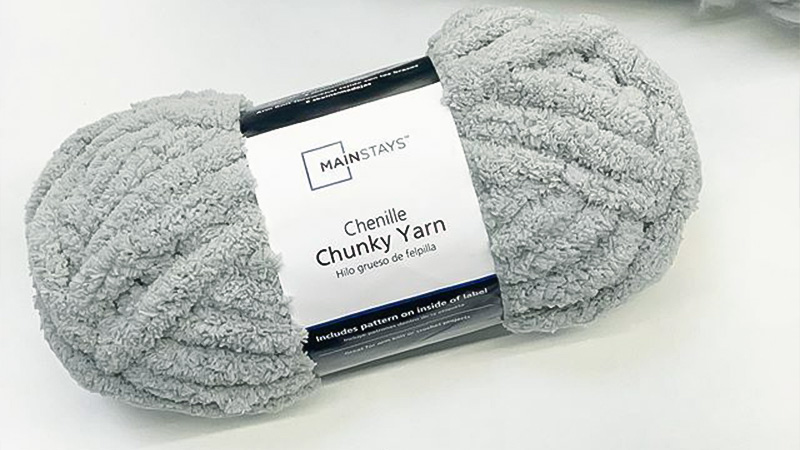
Chenille is a type of yarn that has a unique texture, making it prized for use in textile projects. The word chenille is derived from the French word for caterpillar, highlighting the soft, furry texture of the yarn.
This yarn is made up of looped fibers that interlock together, creating a texture that is soft and pleasing to the touch.
The fibers are usually made of cotton, rayon, silk, wool, or polyester, and they are available in a variety of colors. Chenille yarn is often used to make items such as blankets, throws, and upholstery.
It is also used to make clothing, including sweaters, shawls, and scarves. The fabric made from chenille yarn is lightweight and extremely soft, making it comfortable to wear and easy to care for.
It is also highly durable, making it ideal for everyday use. Chenille yarn has become increasingly popular in recent years, due to its softness and versatility.
It is also relatively inexpensive, which makes it a great choice for a variety of textile projects. Whether you’re looking to create a cozy blanket, a stylish scarf, or a beautiful upholstery piece, chenille yarn is the perfect choice.
2. Wool
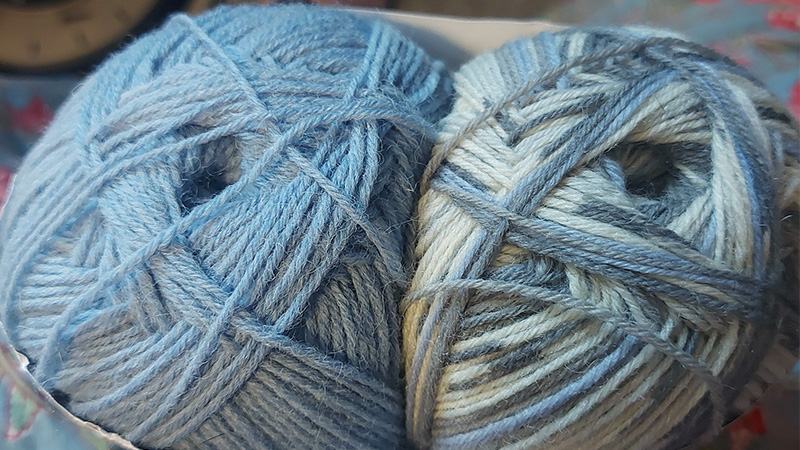
Wool is a type of textile fiber used to make clothes, blankets, and other fabrics. It is obtained from animals such as sheep, goats, rabbits, and camelids. Wool is a strong, durable, and elastic material that is naturally insulating.
It is also very absorbent and can be spun into yarns and fabrics of various thicknesses and textures. In addition to animal wool, there are also materials such as mineral wool and glass wool that have similar properties to animal wool.
Mineral wool is made from molten glass, slag, and rock that is spun into a fiber-like material. It is often used in insulation and soundproofing applications because it is fire-resistant and has strong insulating properties.
Glass wool is made from recycled glass that is spun into a fiber-like material. It is used for insulation and soundproofing due to its high tensile strength and thermal resistance.
3. Alpaca
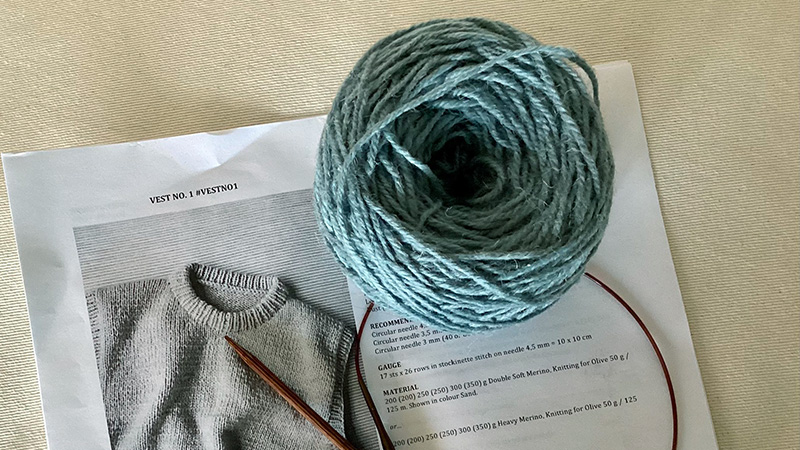
Alpaca fleece is the natural fiber that is harvested from alpacas. It is highly sought after for its warmth, softness, and durability. There are two different types of alpaca fleece: the most common being from Huacaya alpacas.
Huacaya alpacas produce a very thick fleece, which grows in a similar way to sheep wool, giving them a very “fluffy” look. The fleece is incredibly soft and has been used to make garments for centuries.
It is also hypoallergenic, making it a great choice for those who are sensitive to wool and other fabrics. Additionally, alpaca fleece is very lightweight but still retains its warmth.
This makes it a very popular choice for outdoor apparel and accessories. Alpaca fiber is also very breathable, which helps keep the wearer comfortable in a variety of temperatures.
4. Merino
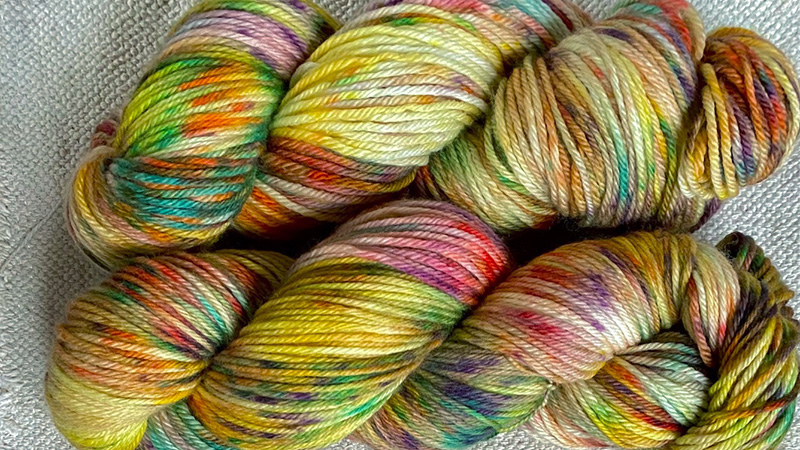
The Merino is a breed of domestic sheep that is widely regarded for its incredibly soft wool. Its origins can be traced back to Spain during the Middle Ages when it was kept as a strictly controlled Spanish monopoly.
Exporting the breed was strictly forbidden, and anyone caught attempting to do so risked the death penalty. This monopoly enabled the Spanish to benefit financially from the production and sale of Merino wool.
The breed eventually spread beyond Spain’s borders, and today it is found in many countries around the world. Merino wool is popular with knitters and weavers due to its superior quality and fine texture.
The breed is also known for its high-quality meat and milk, making it one of the most sought after breeds of sheep.
5. Mohair
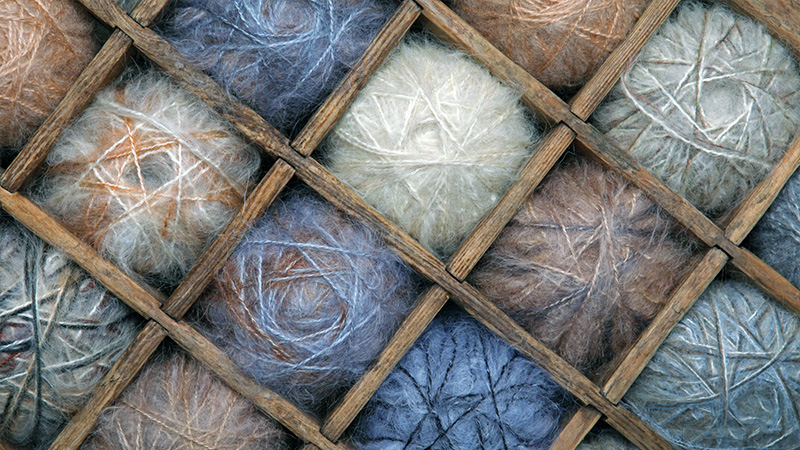
Mohair is an incredibly versatile fabric or yarn that is made from the hair of the Angora goat. It is renowned for having an incredibly high luster and sheen, which makes it incredibly appealing for both aesthetic and practical purposes.
This is why it is often used in fiber blends, as it can add those qualities to a textile. On top of that, mohair is also exceptionally durable and resilient, making it an excellent choice for a variety of projects.
It also takes dye incredibly well, so it can be used to create a range of different colors and patterns. All in all, mohair is a great choice for both its practicality and its aesthetically pleasing qualities.
6. Cashmere
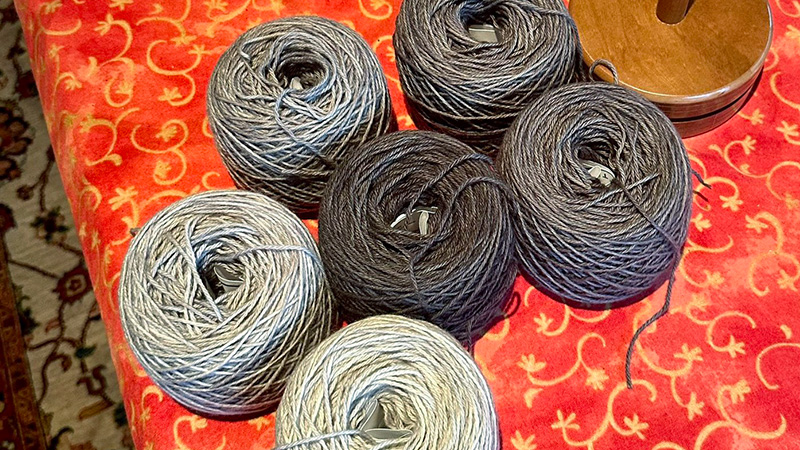
Cashmere is a type of wool that is obtained from goats. The goats that provide this fiber are called Cashmere goats, Pashmina goats, and some other breeds of goats.
Cashmere wool is known for its softness and warmth and has been used to make yarn, textiles, and clothing for centuries. It is highly sought after due to its luxurious feel and high quality.
The process of obtaining Cashmere wool is quite complex, as it involves combing the undercoat of the goat. This undercoat is then brushed, washed, and separated to obtain the finest fibers.
The fibers are then spun into yarn, which is used to create clothing, blankets, and other items. Cashmere is a timeless material that has been used for centuries and continues to be a popular choice for clothing and textiles.
7. Silk
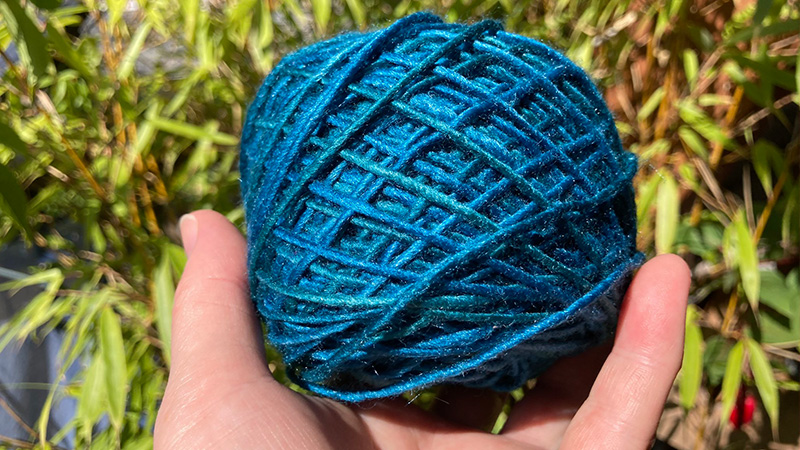
Silk is a type of natural protein fiber that can be woven into fabrics and textiles. It is composed of two main proteins, fibroin and sericin, that make up the threads used in silk production.
The most popular type of silk is produced from the cocoons of the larvae of the mulberry silkworm, known as Bombyx mori. These larvae are reared in captivity for the purpose of creating silk.
The larvae build the cocoon from the protein-based thread that is then harvested and turned into silk fabric. The process of rearing the larvae and harvesting the cocoons is a labor-intensive process but is worth the effort for the quality of the silk produced.
Silk is a luxurious fabric that has been prized for centuries for its strength, shine, and versatility. It can be used for clothing, draperies, and upholstery, and its unique characteristics make it a desirable fabric for many different applications.
8. Nylon
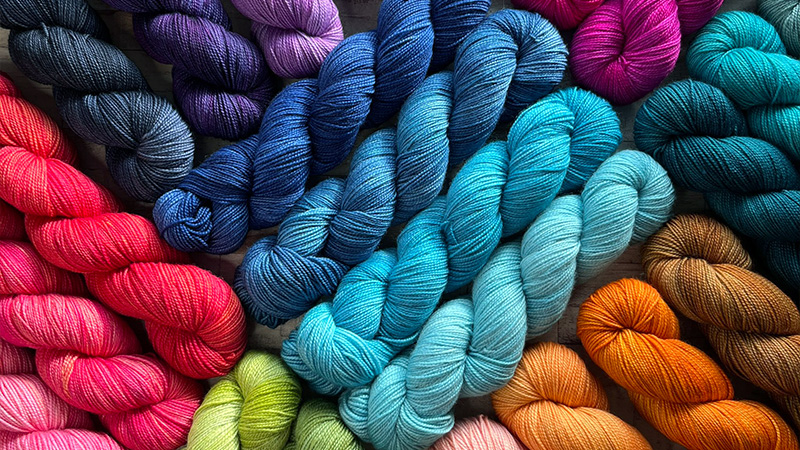
Nylon is a type of material which is made from synthetic polymers and has an amide backbone. This amide backbone is created by linking aliphatic or semi-aromatic groups together.
Nylon is usually white or colorless and it has a very soft texture, resembling that of silk.
It is also a thermoplastic material, which means that it can be melted down and then processed into different forms such as fibers, films, and other shapes.
This makes nylon a very versatile and useful material which can be used for a variety of purposes.
9. Polyester
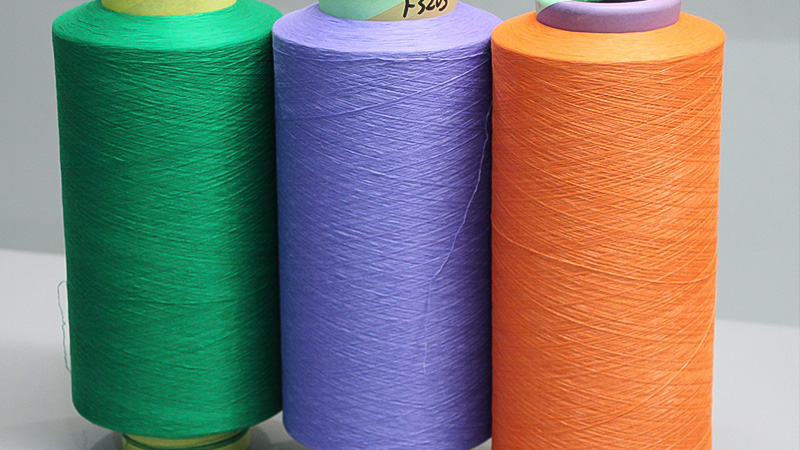
Polyester is a type of polymer, which is made up of many repeating units. This repeating unit contains an ester functional group, which is a combination of a carboxylic acid and an alcohol.
Polyester is a versatile material that can be used in a variety of applications, such as clothing, carpets, and furniture. It is also used in industrial processes, such as the manufacture of plastics.
The most common type of polyester is polyethylene terephthalate, which is used for a variety of products, such as plastic bottles, films, and fibers.
Polyethylene terephthalate is also used in the production of synthetic fibers, such as polyester.
Polyester is also used in the production of paints, adhesives, and coatings. Polyester is a durable and strong material, which makes it ideal for a variety of applications.
It is also resistant to heat, chemicals, and UV radiation, making it a great choice for outdoor use.
10. Bamboo Textile
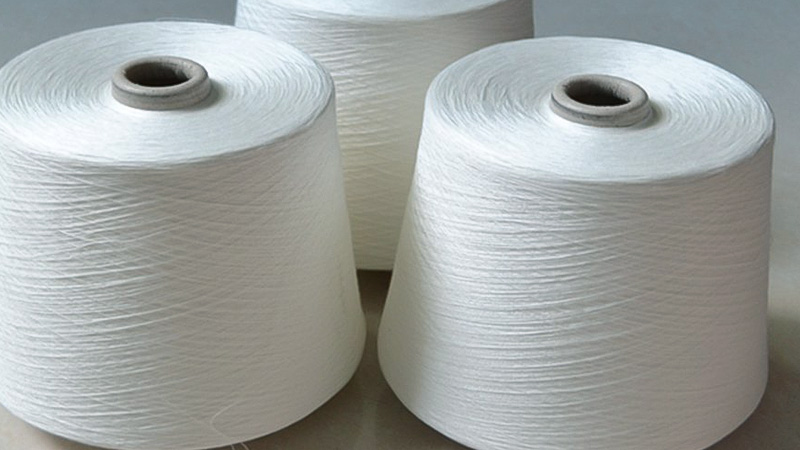
Bamboo textile is a type of fabric that is made from bamboo fibers. It has been traditionally used as a structural element in garments such as bustles and corsets, but due to recent advances in technology, it is now being used more widely in the fashion industry.
Bamboo textile is a sustainable and eco-friendly alternative to traditional fabric materials, as it is made from a rapidly renewable resource.
It is also known for its softness, breathability and durability, making it a popular choice for a variety of applications, including clothing, bedding, towels, and carpets.
Bamboo textile is also becoming increasingly popular in the luxury fashion industry, as it is often used to create stylish and unique garments.
As more people become aware of the environmental and health benefits of using bamboo textiles, the industry is likely to continue to grow in the future.
11. Novelty Yarns
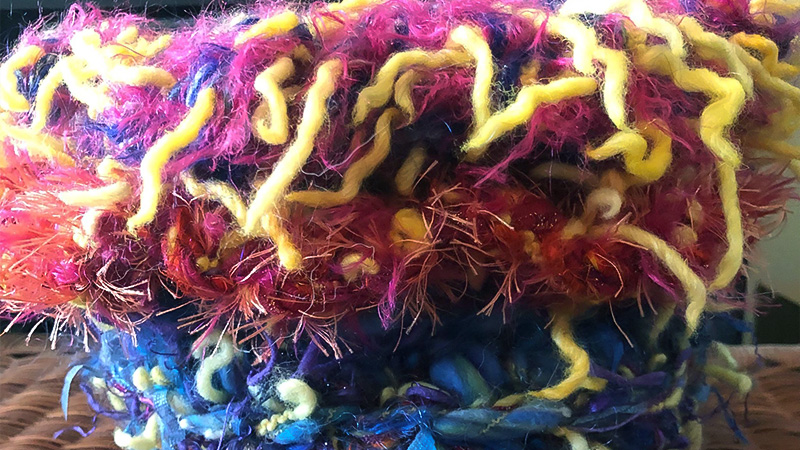
Novelty yarns are yarns that feature unique designs, textures, and components. These yarns can be made from a variety of materials, including natural fibers, synthetic fibers, and even metals.
Examples of novelty yarns include slub yarns, which are made from thick and thin fibers; yarns with inclusions, which are yarns that have small objects or fibers integrated into them; metallic yarns, which are made from metal fibers, such as copper or steel; ladder yarns, which are made from two or more strands of yarn twisted together; and novelty yarns with varying thickness, which feature sections of yarn that are thicker or thinner than other sections.
Each of these types of novelty yarns can provide interesting visual effects and textures that can be used to enhance a variety of knitting projects.
12. Rayon
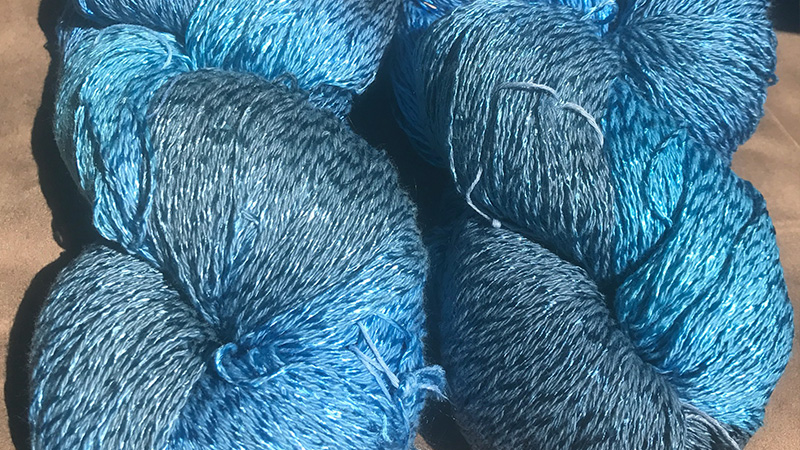
Rayon is a semi-synthetic fiber, meaning it is made from natural sources that have been regenerated and processed. It is derived from cellulose, a molecule found in wood and other plant-based materials.
As a result, it has the same molecular structure as cellulose.
Rayon is also known by other names such as viscose, sabra silk, and cactus silk, depending on the region in which it is commercialized. Rayon is a popular material for clothing and other textile products.
It has a soft and smooth texture, making it comfortable to wear.
It is also known for its breathability and high absorbency. Additionally, it is relatively low-cost and easy to care for, making it a great option for people who are looking for an affordable fabric that is still comfortable and durable.
Rayon is also used in a variety of other products, such as furniture, draperies, carpets, and medical products. It is even used in some industrial applications, such as filters and insulation.
All these uses demonstrate the versatility of this material and the importance it has as a semi-synthetic fiber.
13. Metal
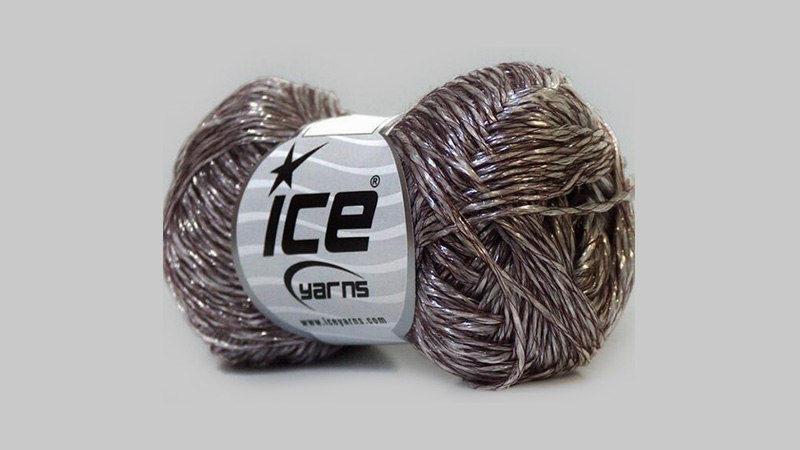
Metals are a type of material that are both ductile and malleable, exhibiting a lustrous appearance when freshly prepared, polished, or fractured. The properties of metals are due to the metallic bond between the atoms or molecules of the metal.
The metallic bond is a type of chemical bond that forms when electrons are shared between the atoms of the metal. This bond gives metals their unique properties, such as their ability to conduct electricity and heat relatively well.
Additionally, metals are highly ductile and malleable, meaning they can be stretched and bent without breaking. This makes metals an ideal choice for many types of construction and manufacturing.
14. Angora Wool
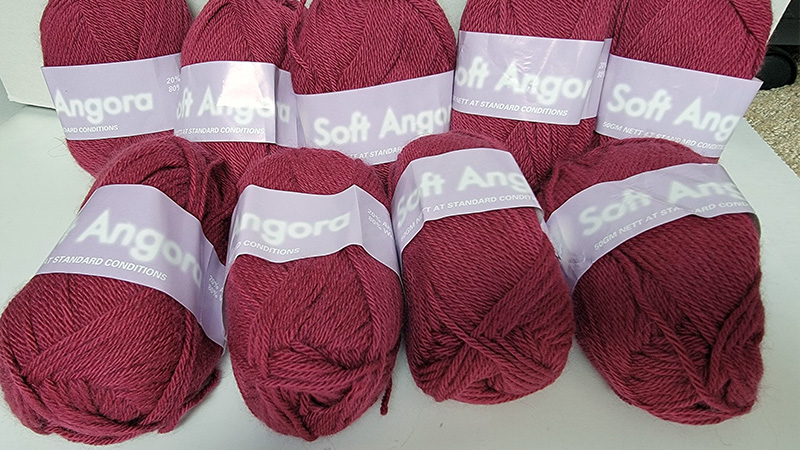
The Angora rabbit is a small mammal that produces a very special type of fur known as Angora hair or Angora fibre. This type of fur is incredibly soft and is highly sought after for its luxurious feel.
It is not to be confused with mohair, which comes from the Angora goat.
Mohair is also a luxurious type of wool, however it is much coarser in texture than Angora hair. Furthermore, Angora fibre is distinct from cashmere, which comes from the cashmere goat.
Cashmere is softer than mohair, but not as soft as Angora hair.
Overall, Angora hair or Angora fibre is a highly sought after type of fur due to its incredibly soft texture and luxurious feel. It is distinct from both mohair and cashmere, and therefore has many unique properties that make it a desirable material.
15. Bouclé
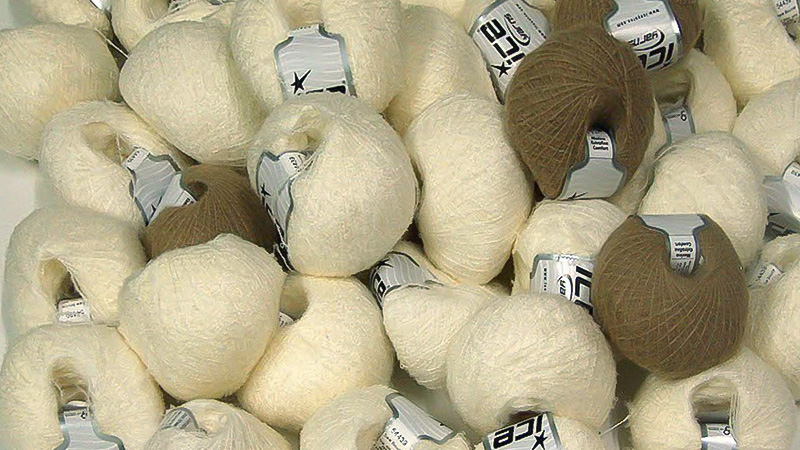
Bouclé is a type of fabric or yarn used to create textiles. It is made of a length of loops of similar size, from very small circlets to large curls. The yarn is usually made of wool, cotton, or synthetic fibers.
The loops give the fabric a unique, textured look that is often used to create clothing and home décor items. The fabric is known for its softness and durability, making it a popular choice for items that will be used often.
Bouclé is often used to create sweaters, jackets, skirts, and other clothing items. It is also used to create blankets, cushions, and other home décor items. The unique texture of the fabric makes it stand out and gives items a unique appearance.
16. Crêpe
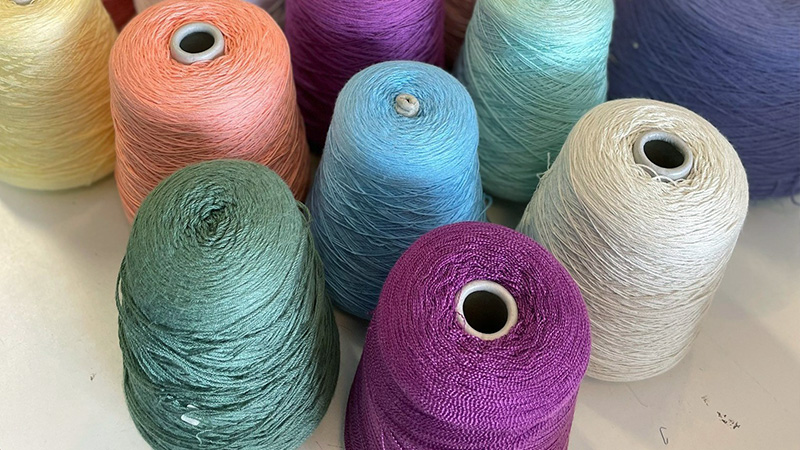
Crêpe is a lightweight fabric with a distinctively crisp and crimped texture. It can be made from a variety of materials including silk, wool, and synthetic fibers.
The fabric is often used for fashion purposes, such as blouses and dresses, as well as for decorative purposes, like curtains and lampshades. The term “crape” is specifically used to refer to a type of fabric associated with mourning.
Historically, crêpe was also referred to as “crespe” or “crisp”. This fabric has a long and varied history, having been used in a variety of cultures and countries for centuries.
It was first produced in the 1800s in France and is still widely used today as a popular fabric choice for apparel, home decor, and other decorative items.
The fabric is known for its durability and resilience and is often used in clothing and accessories that require a more structured look. Crêpe is a versatile fabric that can be dyed in various colors and patterns and is also relatively easy to care for.
It can be dry-cleaned, hand-washed, or machine-washed, depending on the type of crêpe fabric being used. Overall, crêpe is a popular fabric choice for a variety of purposes due to its distinct texture, versatility, and durability.
Its long history and association with mourning ensures that the fabric will remain an important part of fashion and home decor for years to come.
17. Chunky Yarn
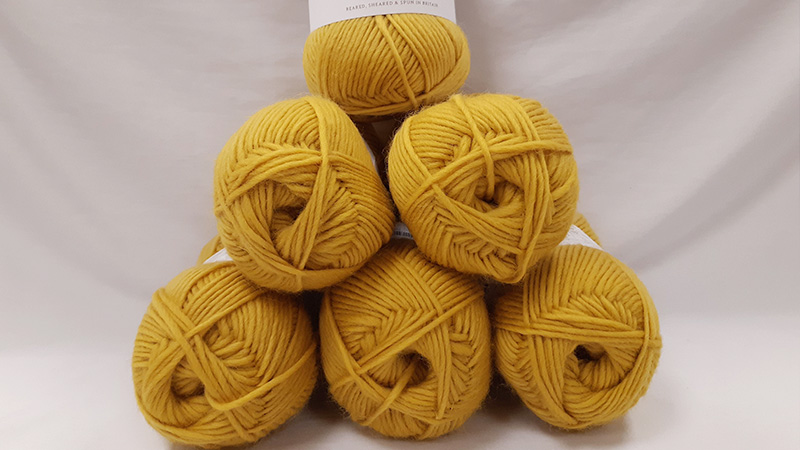
Chunky yarn is a beloved choice among knitters and crocheters for its thick, cozy, and quick-to-work-up properties. Comprised of thick strands, it creates plush, warm textiles perfect for winter accessories, blankets, and home decor.
Chunky yarns are typically made from materials like wool, acrylic, or blends, and they come in a variety of colors and textures. Due to their bulkiness, projects using chunky yarn tend to be completed swiftly, making them ideal for last-minute gifts.
Whether you’re crafting a snug scarf or a chunky sweater, this type of yarn provides a satisfyingly chunky finish that keeps you toasty and stylish during chilly weather.
18. Core Spun Yarn
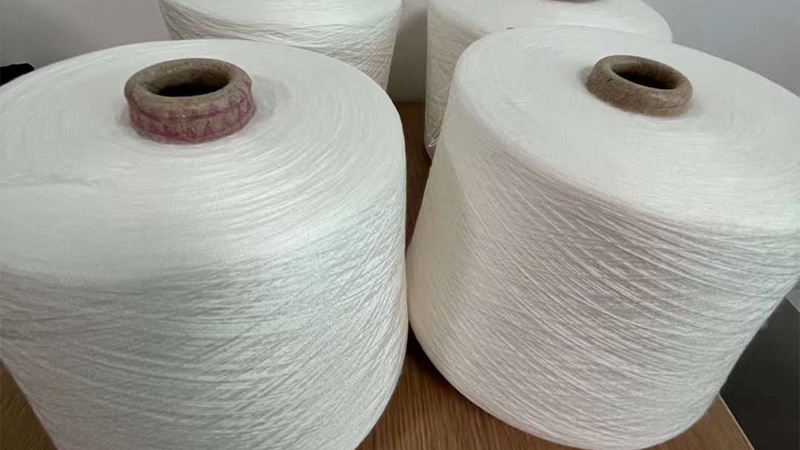
Core spun yarn is a unique and versatile type of yarn. It’s created by wrapping fibers around a central core material, such as a thread or another strand of yarn.
This technique results in a yarn that combines the strength and stability of the core with the softness and texture of the wrapped fibers. Core spun yarn can be crafted with a variety of materials, including wool, silk, or synthetic fibers, allowing for diverse textures and appearances.
It’s prized for its durability and is often used in projects where strength is essential, such as for weaving, rug-making, and creating sturdy, long-lasting garments.
19. Cotton
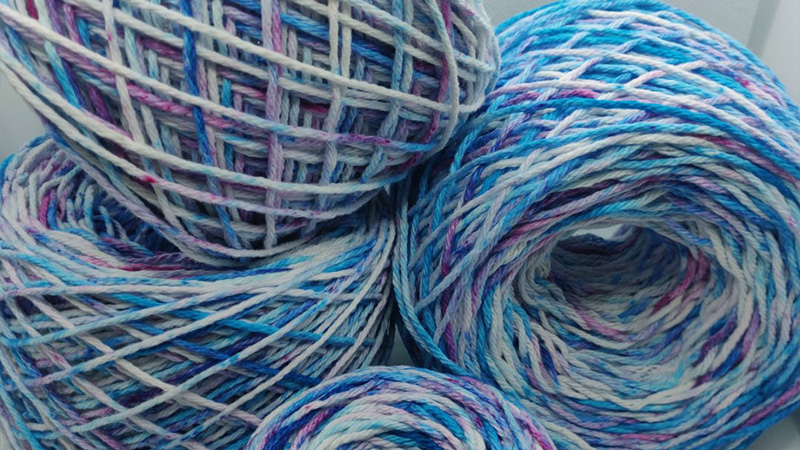
Cotton is a type of natural fiber that is grown from plants in the genus Gossypium, which is part of the mallow family Malvaceae. It is very soft and fluffy and grows in a protective casing known as a boll around the seeds of the plant.
The fiber itself consists mostly of cellulose, a type of carbohydrate, but can also contain some other substances such as waxes, fats, pectins, and water.
Cotton is a versatile material that is used to make a variety of products including clothing, bedding, towels, and even paper. It is also used to make medical supplies like bandages and gauze.
Cotton is an important crop for many countries, particularly those in the developing world, as it provides a reliable source of income and employment to farmers and other workers in the industry.
20. Acrylic Fiber
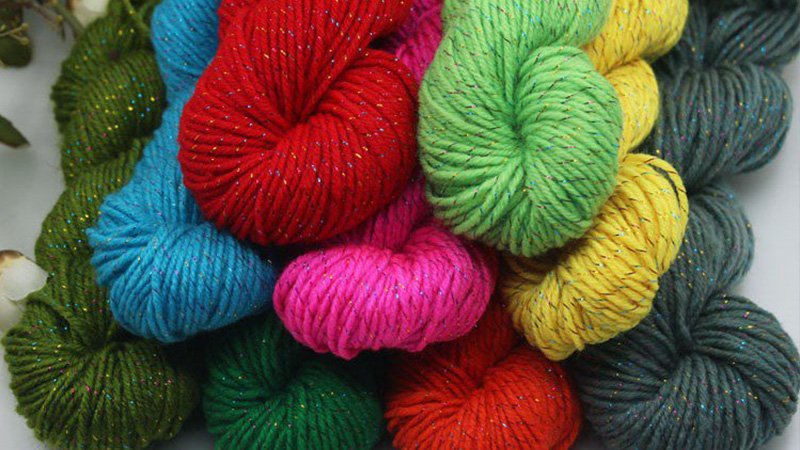
Acrylic fibers are synthetic fibers, meaning they are not derived from natural sources like cotton or wool. They are made from a polymer with an average molecular weight of ~100,000, which is composed of approximately 1900 monomer units.
In order to be called “acrylic” in the United States, the polymer must contain at least 85% acrylonitrile monomer. Comonomers are additional substances that are added to the polymer to give it different properties.
Common comonomers used in acrylic fibers are vinyl acetate and methyl acrylate. These comonomers are used to give the acrylic fibers a range of properties including increased strength, elasticity, and durability.
Conclusion
The world of yarn offers an array of choices to cater to every crafter’s unique vision and requirements. Whether you’re seeking the cozy warmth of natural fibers like wool or the easy-care convenience of synthetics like acrylic, there’s a yarn type tailored to your project.
The decision hinges on factors like texture, color, cost, and the intended use of your creation. Natural fibers exude a timeless charm, perfect for delicate baby blankets or heirloom-quality sweaters, while the durability and affordability of synthetics make them excellent for everyday wear and children’s items.
The beauty of crafting lies in this diversity of options, enabling you to turn your creative ideas into tangible, beautiful, and functional works of art.
Leave a Reply